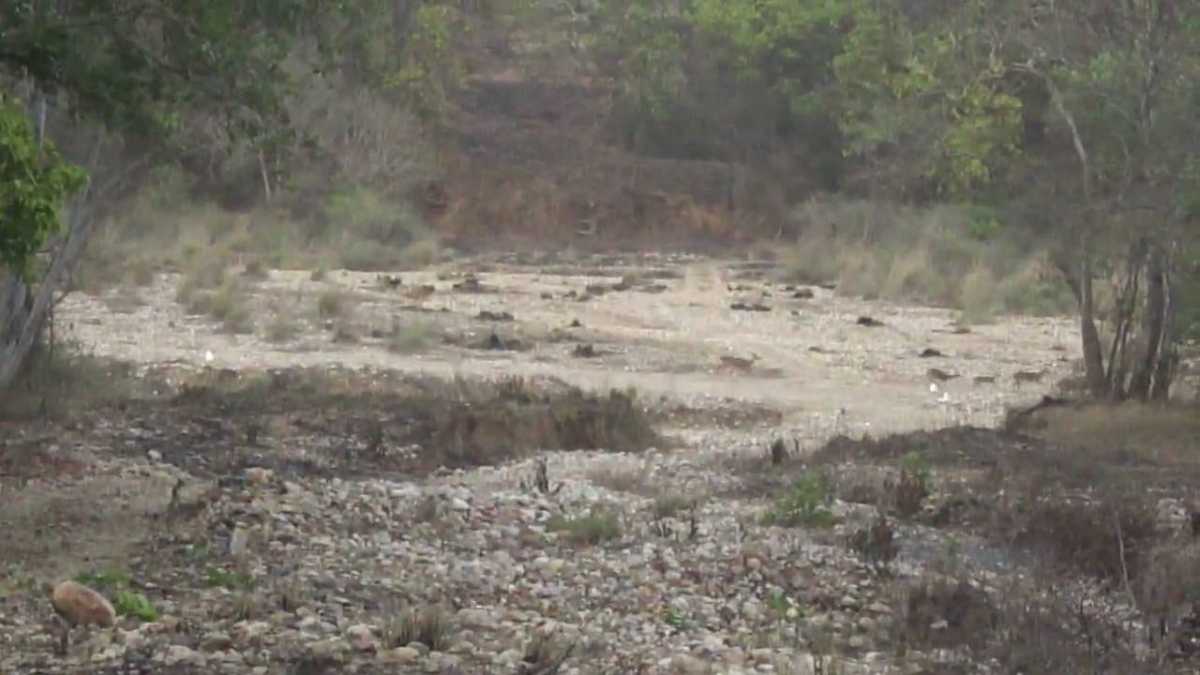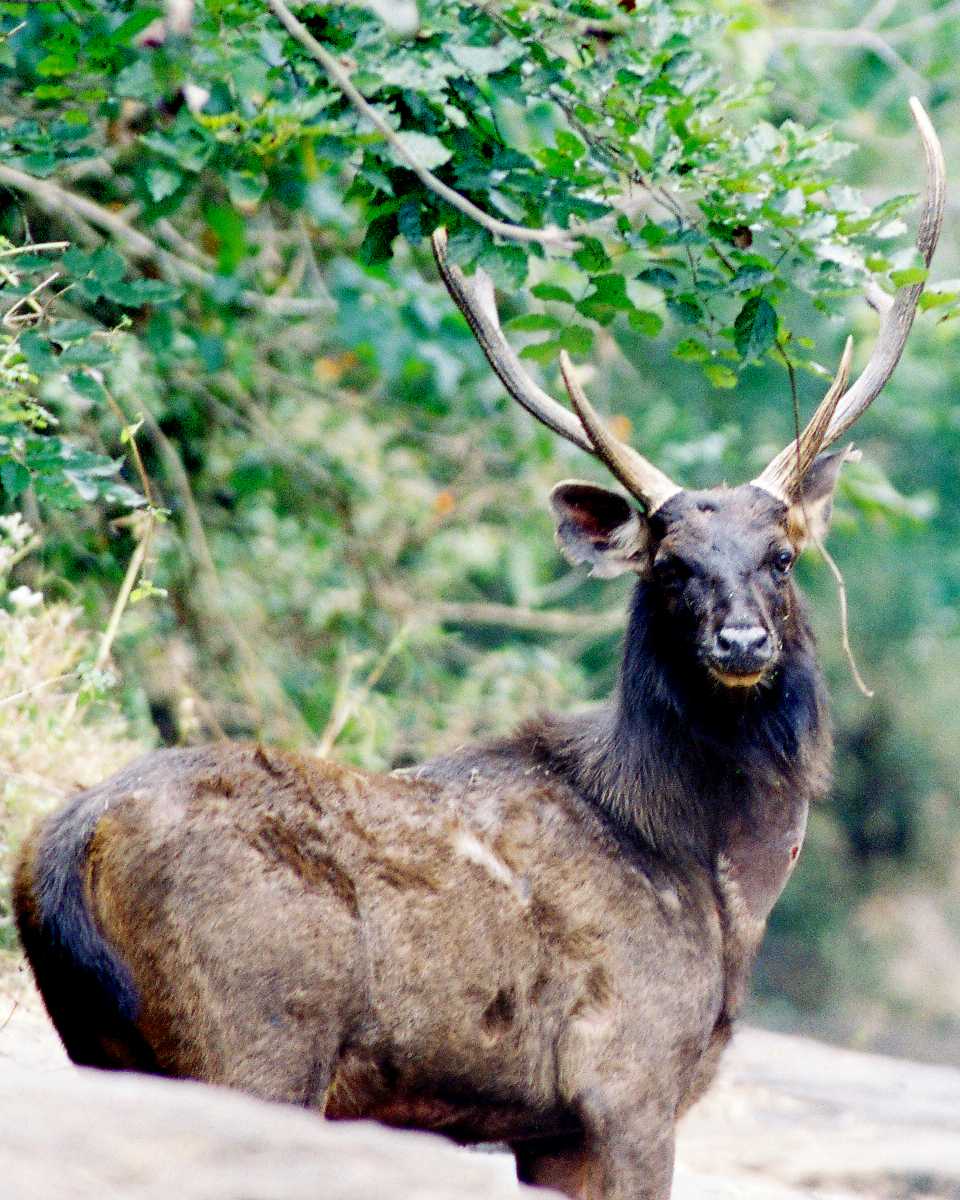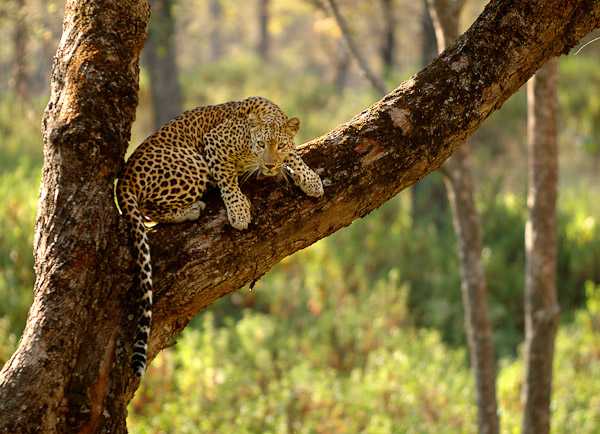


Kalesar National Park
Weather :
Timings : Summer: 6:00 AM to 10:00 AM ; 4:00 PM to 7:00 PM
Winter: 7:00 AM to 11:00 AM ; 3.30 PM to 6:00 PM
The park remains closed from July to September.
Time Required : 3-4 hours
Entry Fee : Indians: INR 30
Foreign nationals: INR 100
Safari: INR 100
Videography: INR 100
Kalesar National Park , Haryana Overview
Spread over a stretch of whopping 13,000 acres (53 km square) Kalesar National Park is a protected area in Yamuna Nagar, Haryana, perfect for nature enthusiasts and wildlife lovers. Because of its natural scenic beauty and amazing flora and fauna, the park is also an ideal tourist and picnic location for families. You can easily spot leopards and panthers. The place is equally loved by bird watchers, especially in winters when migratory birds fill the sky with vibrant colours. The park is not only restricted to this. You can also put on your camo printed clothes and indulge in thrilling wildlife safaris.
History
The place was deemed to be a national park on 8 December 2003. It was named after a temple (known as Kalesar Mahadev temple) located inside the premise of the park. In earlier times, rulers under the Mughal and British Raj used the now park as hunting grounds. They mainly hunted tigers. Around 1892, the number of tigers in the area reduced significantly. The numbers went alarmingly low, and thus, hunting was banned in the park in the early 20th century.
The park is also famous for its dak bungalows – the administrative architectural bungalows built in the colonial times. All these structures go back to the 1900s. Their dominant features are high ceilings, teak panelings, unique parquet flooring, and antique furniture. A fireplace combined with a mantelpiece over it completes this periodical setting.
Geography

The Kalesar National is located in the Yamuna Nagar district in Haryana, It is about 15 km away from Paonta Sahib, about 7 km away from Hathni Kund Barrage. The park can be reached through these nearest towns and cities: Dehradun (about 55 km), Yamuna Nagar (about 42 km), Bilaspur (120 km), and Chandigarh (122 km) via NH 7 from Chandigarh. River Yamuna lies to its east. Rajaji National Park, which is located in Uttrakhand lies to the northeast of the park while the Simbalbara National Park nestled in Shivalik Hills lies to the north, sharing a border with Himachal Pradesh. In the west lies the Morni Hills. Agrarian farms lie in west and south as well.
Reportedly, the lack of proper finance from the state government is obstructing the maintainance of the National Park.
Flora
53% of Kalesar National Park is covered with dense forest, open forest consists of 38% and the remaining 9% are covered by scrubs. The total forest cover comes to about 70% which is spread beautifully over an area of 11,500 acres. In addition to trees like Semul, Bahera, and Amaltas, most of the forest is covered by tall and dense sal trees. Other trees that are found in the forest are Shisham, Khair, Sain, Chhal and Jhingan. Taking an evening stroll in the park is as relaxing as it can get, thanks to the dense and shaded trees and breathtaking natural beauty. The park also happens to be the only forest in the state of Haryana to have a natural tree belt of Sal. The sindoor tree (from which vermillion sindoor is extracted) is also found here. The fallen leaves in the autumn season create a breathtaking sight you wouldn't want to miss.There also lies a herbal nature park within the national park that contains over 60,000 green shrubs and over 6000 medicinal plants and trees.
Fauna
The exotic wildlife found here includes Indian leopard, rhesus macaque, leopard cat, Indian jackal, jungle cat, chital, Asiatic elephant, barking deer, sambar, goral, Indian crested porcupine, Indian hare, common palm civet, small Indian civet, gray langur, Indian gray mongoose, rhesus macaque, nilgai, and rusty-spotted cat, wild boars, hares, Indian hare, red junglefowl, chitals, porcupine monkeys, elephants and wild elephants.
The park, along with an NGO also works to rehabilitate the rescued sick, abused and exploited animals, mainly elephants. They also have fodder service and veterinary services for animals.
Wildlife Safari

Wildlife Safaris on Jeeps are the best way to explore the incredible flora and fauna the park offers. The safaris are available on three motorable tracks.
1. 7 km and 20 feet wide.
2. 6.5 km and 60 feet wide
3. 6 km and 60 feet wide
The Jeeps come with designated driver cum guide. If you want to take your private vehicle, then you must get it registered at the wildlife department.
Safari Fee: INR 100
Best Time to Visit
The best time to visit the Kalesar National Park is during the winter months of November to February when the weather is cold and breezy, and the sky is clear with seldom chances of rainfall.Getting There
By train: The nearest station is Yamuna Nagar, which is about 35 km away from the park. You can get a taxi from there.By road: All significant highways are connected to the park. The nearest cities are Yamuna Nagar (about 45 km) and Pounta Sahib (about 15 km).
By air: The nearest airport is Chandigarh (about 85 km). You can quickly get a taxi that will take you to the park.
National Parks are always a great holiday destination – full of natural beauty, stunning flora and fauna, and long beautiful stretches of landscape. Plan a trip to Kalesar National Park for memorable stories.
Read More on Kalesar National Park
Geography

The Kalesar National is located in the Yamuna Nagar district in Haryana, It is about 15 km away from Paonta Sahib, about 7 km away from Hathni Kund Barrage. The park can be reached through these nearest towns and cities: Dehradun (about 55 km), Yamuna Nagar (about 42 km), Bilaspur (120 km), and Chandigarh (122 km) via NH 7 from Chandigarh. River Yamuna lies to its east. Rajaji National Park, which is located in Uttrakhand lies to the northeast of the park while the Simbalbara National Park nestled in Shivalik Hills lies to the north, sharing a border with Himachal Pradesh. In the west lies the Morni Hills. Agrarian farms lie in west and south as well.
Reportedly, the lack of proper finance from the state government is obstructing the maintainance of the National Park.
Wildlife Safari

Wildlife Safaris on Jeeps are the best way to explore the incredible flora and fauna the park offers. The safaris are available on three motorable tracks.
1. 7 km and 20 feet wide.
2. 6.5 km and 60 feet wide
3. 6 km and 60 feet wide
The Jeeps come with designated driver cum guide. If you want to take your private vehicle, then you must get it registered at the wildlife department.
Safari Fee: INR 100
Getting There
By road: All significant highways are connected to the park. The nearest cities are Yamuna Nagar (about 45 km) and Pounta Sahib (about 15 km).
By air: The nearest airport is Chandigarh (about 85 km). You can quickly get a taxi that will take you to the park.
National Parks are always a great holiday destination – full of natural beauty, stunning flora and fauna, and long beautiful stretches of landscape. Plan a trip to Kalesar National Park for memorable stories.
Flora
There also lies a herbal nature park within the national park that contains over 60,000 green shrubs and over 6000 medicinal plants and trees.
Best Time to Visit
Fauna
_20181129125714.jpg)
The park, along with an NGO also works to rehabilitate the rescued sick, abused and exploited animals, mainly elephants. They also have fodder service and veterinary services for animals.
History

The park is also famous for its dak bungalows – the administrative architectural bungalows built in the colonial times. All these structures go back to the 1900s. Their dominant features are high ceilings, teak panelings, unique parquet flooring, and antique furniture. A fireplace combined with a mantelpiece over it completes this periodical setting.
Haryana Reviews

Have a Question on ?

experience.